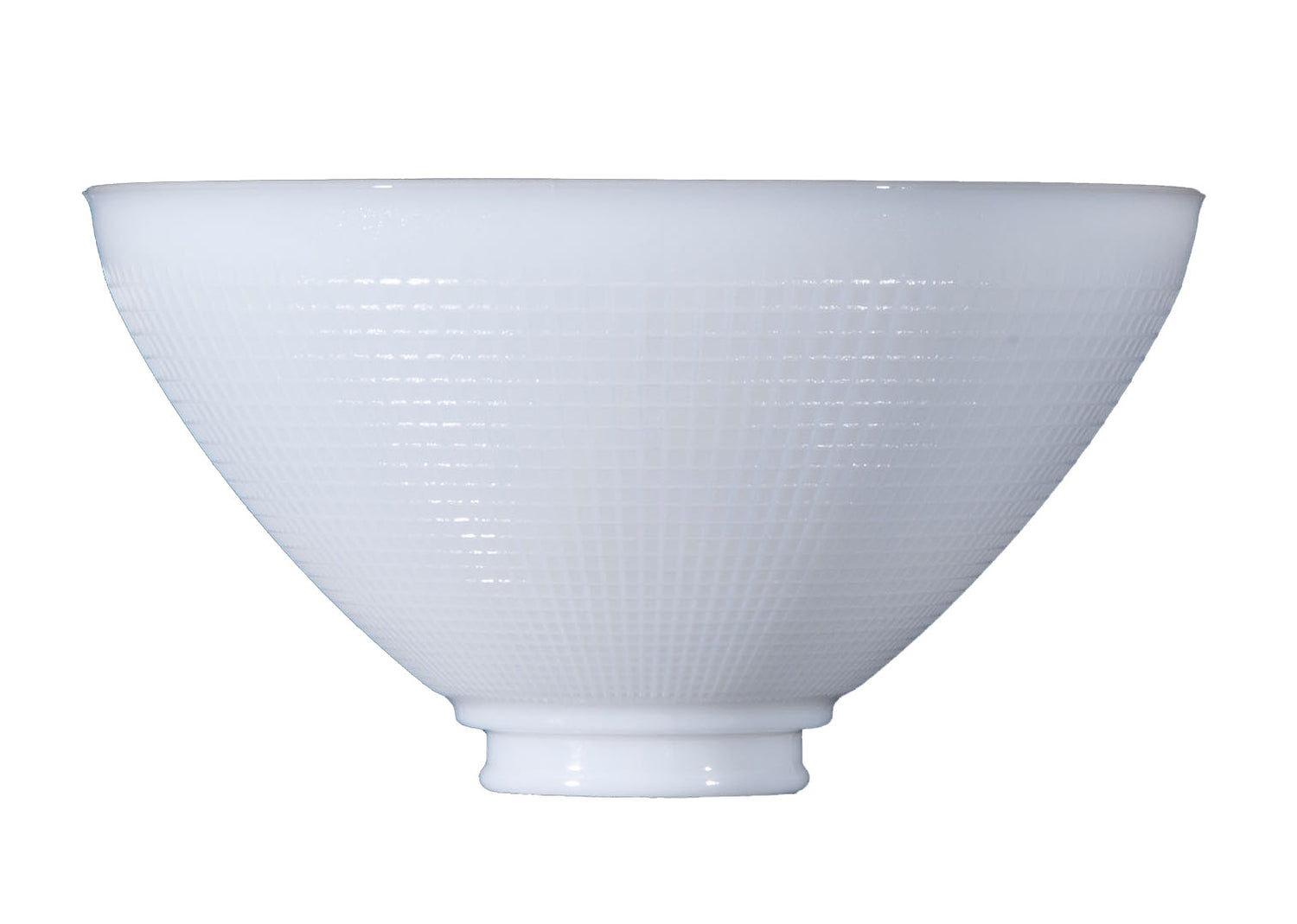Types of Antique Lamps
Types of Antique Lamps
Antique lamps span a broad spectrum of well-known manufacturers and widely used materials, but determining the value of a lamp you own can be difficult. With reproductions abound, it is important to examine the overall condition and look for certain indications. To aid you in your search, we compiled many of the most notable types of antique lamps that were invented from the 17th to 20th centuries. Lamp styles are listed in alphabetical order.
Astral Lamp (1830s)
A lamp that utilized an Argand burner with the oil reservoir placed beneath it and air holes around the base. These lamps were popular in elegant American homes. Such an oil reservoir often rested on a classical column made of bronze or brass with a metal or marble base. Etched and cut-glass shades with prisms diffused light.
Argand Lamp (1780s)
A lamp invented by Swiss chemist Aime Argand. Argand figured out how to make an oil lamp without a free-floating wick in the late 18th century. His invention featured a burner that contained the flame and held a cylindrical wick. This lamp sparked a series of oil lamps. Some used viscous grapeseed oil, or canola oil, which had to be fed from above or pumped from below. These lamps often had urn-shaped side fuel reservoirs that blocked some of the lamp’s light.
Banquet Lamp (1880s)
A lamp with an upper and a lower globe, which were usually painted. These lamps are also sometimes called “Gone with the Wind” lamps, because they were prominently featured in the 1940 movie. Such lamps were often made from a combination of brass, milk glass, pattern glass, porcelain, cased glass, cranberry glass, or satin glass, and featured a removable fount, a vase, a decorative stem, and a chimney.
Betty Lamp (1700s)
A lamp that featured a hinged lid and a thin metal channel of iron that fed the wick directly to the bottom of the pan. Betty lamps also had curved handles and mantel hooks, as well as picks to loosen the wick when it got stuck. Some betty lamps were even mounted on adjustable stands. Betty lamps made by Peter Derr in the early 19th century with his dated initials are highly prized by collectors.
Bouillotte Lamp (1830s)
A Neoclassical lamp that was designed specifically for the card game of the same name. Such lamps were made with two to four adjustable candle brackets and arms with a shade made of common painted sheet metal, known as tôle, that would slide down a central shaft and be secured by a screw to accommodate the dwindling length of the candles. Metal shades protected card players from glare. Often featured dished bases that held game chips and caught wax.
Carcel Lamp (1800s)
A lamp that used an Argand burner, as well as a clockwork mechanism that controlled a spring-driven pump which forced oil to the top of the burner. In other words, it was wound like a clock to keep the supply of oil steady. Such lamps were fitted with chimneys and ball-shaped shades that were etched or cut.
Crusie Lamp (1600s)
A lamp shaped like a formed metal bowl to hold fuel with an indentation or channel to hold the wick. Crusie lamps required constant attention, as the wicks were free-floating in a spout but still often fell below the surface of the fat and had to be picked back out or adjusted with a pick-wick. Second reservoirs were added to catch wick drippings.
Phoebe Lamp (1700s)
A variant of the betty lamp, which contained a small one-channel lamp set within a larger one-channel lamp, so that the drippings from the smaller lamp would not fall to the floor. Such lamps were usually suspended from chains. This lamp was fat-burning or grease-burning and made of metal, pottery, or stone with a spout to hold the wick.
Rochester Lamp (1880s)
A lamp that was invented toward the end of the Victorian era by Charles Stanford Upton and Leonard Henkle. Such lamps contained tubes in the center for the air draft, four wicks attached to form a ring, and braces to hold the glass chimneys. Rochester lamps featured oil reservoirs made from inverted tin cuspidors, also known as spittoons.
Sinumbra Lamp (1820s)
A variant of the astral lamp. This lamp features a ring-shaped reservoir and an open center that allows light to fall directly on the surface below. Astral shades were used on these lamps, and their names are used interchangeably.
Solar Lamp (1850s)
A variant of the astral lamp, which featured a tall, single-standing design with a central circular reservoir for oil. Such lamps were designed to burn whale oil or lard, and their shades were cut and polished to reflect the light.
Student Lamp (1890s)
A popular kerosene lamp with swing arms and was designed to transmit the most light possible for reading purposes. This was accomplished by putting the kerosene reservoir out of the way of the actual lamp.
Tiffany Lamp (1870s)
An Art Nouveau lamp with a glass shade, made by Louis Comfort Tiffany. Tiffany developed and patented a type of iridescent art glass, known as favrile glass, in 1894. It differed from most iridescent glasses, because the color was ingrained in the glass itself. Tiffany’s most popular lamp designs included the Dragonfly, Lily, Mission, Nautilus, and Wisteria. These lamps were primarily made with bronze bases and turn-paddle knob sockets for on and off purposes.
If you have questions about the types of antique lamps we have characterized in this article, please contact Antique Lamp Supply today for further assistance. We offer one of the largest online antique lamp part collections available.

